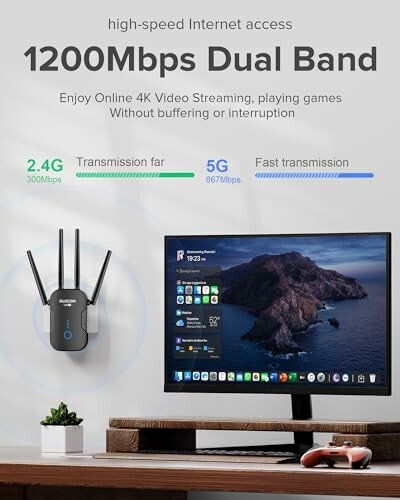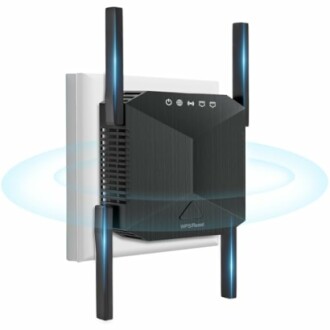
Steps to Boost Your WiFi Signal
Key Takeaways
- Evaluate the current setup to identify interference.
- Position the router in an optimal location.
- Use WiFi extenders for larger spaces.
- Regularly update firmware for better performance.
- Secure your network to avoid unwanted usage.
In today's connected world, a strong WiFi signal is essential for maintaining productivity and entertainment at home. Poor connectivity can lead to frustrations, missed opportunities, and inability to enjoy online activities. This article provides practical tips for improving your WiFi strength and expanding coverage in your home.
Understanding Your WiFi Signal
WiFi signals can be impacted by various factors, including distance, obstructions, and interference from other electronic devices. Understanding these can help you implement corrective measures efficiently.
Factors Affecting WiFi Signal Strength
| Factor | Impact |
|---|---|
| Distance from Router | Signal weakens as you move further away. |
| Obstructions | Walls, furniture, and other objects can block signals. |
| Interference from Other Devices | Microwaves, cordless phones, and Bluetooth devices can disrupt the WiFi signal. |
| Old Equipment | Older routers may not handle high-speed connections efficiently. |
Steps to Boost Your WiFi Signal
- Router Placement:
- Position your router in a central location in your home.
- Ensure that it is elevated and free from obstructions.
- Update Your Equipment:
Make sure your router's firmware is updated. Manufacturers often release updates for better performance.
- Use Wired Connections:
Whenever possible, use Ethernet connections for devices that are stationary to free up WiFi bandwidth.
- Utilize WiFi Extenders:
If your home is large or has signal dead zones, consider using a QLOCOM 2025 Newest WiFi Booster to enhance coverage.
QLOCOM 2025 Newest WiFi Booster
With a combined speed of 1167Mbps, this WiFi booster offers a wide coverage range of up to 2800 sq. ft., perfect for enhancing your home network.
Learn More - Secure Your Network:
Set a strong password to prevent unauthorized connections that can slow down your service.
- Consider Upgrading Your Plan:
If you consistently experience slow speeds, it might be time to look into a better data plan offered by your ISP.
Measuring WiFi Signal Strength
To know if your efforts are paying off, it's essential to measure your WiFi signal strength. There are several tools and applications available that can help you monitor performance. Aim for a signal strength of -50 dBm to -30 dBm for optimal performance.
Common WiFi Problems and Solutions
Identifying and Solving Issues
| Problem | Solution |
|---|---|
| Spotty Connections | Reposition the router or install a WiFi extender. |
| Slow Speeds | Upgrade your router or contact your ISP. |
| Frequent Disconnects | Reset your router and ensure it has the latest firmware. |
Advanced Solutions
If you’re still having issues after following these tips, consider investing in high-quality networking devices. For instance, the DOBWGXZ Internet Booster can provide reliable performance for larger spaces.
DOBWGXZ Internet Booster
This extender offers extensive coverage, with enhanced safety measures and easy setup, making it an excellent choice for boosting your network.
Learn MoreConclusion
Boosting your WiFi signal is not only beneficial for your internet speed but also ensures a seamless online experience for all your devices. Whether you choose to reposition your router, use extenders, or update your plan, implementing these strategies can lead to significant improvements. Don't forget to always monitor your signal strength and adjust as necessary.
Pros
- Enhanced home coverage.
- Improved internet speed.
- Stronger security measures.
Cons
- Initial setup may be challenging for some.
- Upgrading equipment can incur costs.
Further Resources
For more insights on how to maximize your internet experience, check out our other resources:


